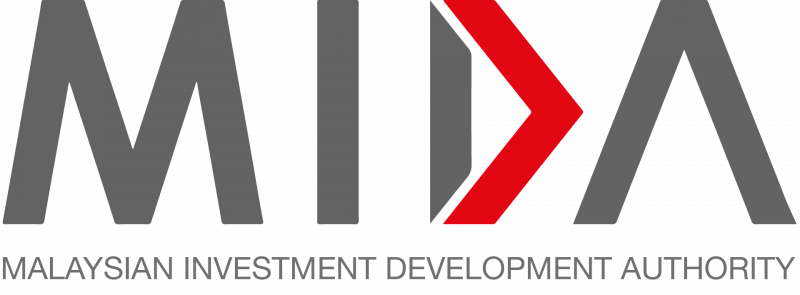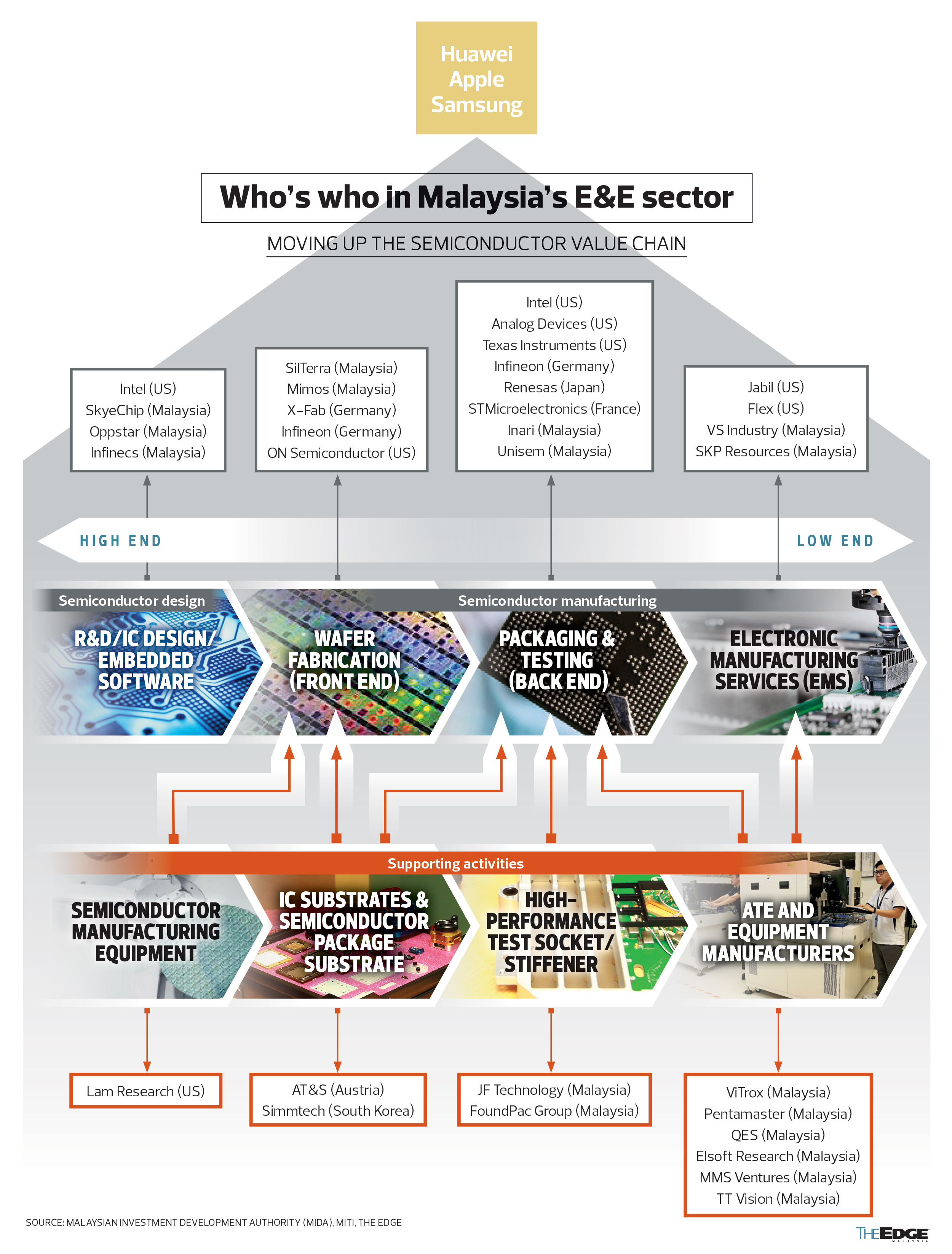NexV Manufacturing Sdn Bhd (NMSB) has signed two major memorandums with automotive stakeholders to manufacture and assemble electric vehicles locally.
This is a significant milestone since the company initiated its groundbreaking ceremony for the new energy vehicles (NEV) manufacturing plant in Chembong, Negeri Sembilan in January 2024.
NMSB chairman Datuk SM Azli SM Nasimuddin Kamal said the first is a memorandum of agreement (MoA) between NMSB and five Tier Zero (T0) vendors.
He said T0 vendors operate in a “factory within factory” concept whereby vendors responsible for a particular component (or system) set up their operations, manpower and management system, all within the larger ecosystem of the full manufacturing process flow to assemble each component to complete a vehicle.
“This novel concept enables a more efficient management of assembly processes and material flows,” he said.
The concept enables a company to procure materials and components in a just-in-time (JIT) management system with a minimal inventory rate for critical materials and components, he said at the signing ceremony between NMSB and local automotive stakeholders to develop a new manufacturing and assembly ecosystem.
The five T0 vendors are PHN Industry Sdn Bhd, Hicom Teck See Manufacturing Malaysia Sdn Bhd, Noble Star Parts Sdn Bhd, Evan Karl Holdings Sdn Bhd, and KNR Biz Solution Sdn Bhd.
“More T0 vendors will be appointed once we complete the second and third construction phases,” SM Azli said.
He said the T0 vendors will enhance the capability and technology of existing vendors.
“For instance, one vendor may have expertise in one component. They can enhance their expertise for the entire component system in the T0 vendor system.
“Hence, our success in the NEV factory is deeply intertwined with our collaboration with T0 vendors as they provide critical components and technologies that are the backbone of our NEV products,” he said.
NMSB also signed agreements with two distributors Central Auto Distributors Bhd, a subsidiary of the Association of Malay Importers and Traders of Motor Vehicles Malaysia or PEKEMA, and Wise Star
Assets Sdn Bhd, appointing NMSB as the contract assembler.
The aim of the MoU is for NMSB to assemble brands that include Dongfeng NEV and Skywell electric buses.
He added that in fostering industrial growth, NMSB is also partnering Institut Kemahiran Tinggi Negara Chembong to equip students with skills in NEV technology, ensuring a skilled workforce ready to drive the industry forward.
NMSB’s factory is located on 29.67 hectares (73.34 acres) in the Chembong Industrial Area in Rembau, Negeri Sembilan and is set to become a cornerstone of NexV’s operations.
Source: Bernama
NexV Manufacturing inks agreements on new energy vehicle manufacturing
Content Type:
Duration:



